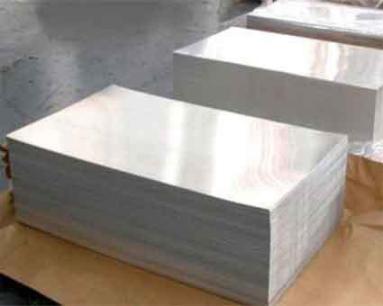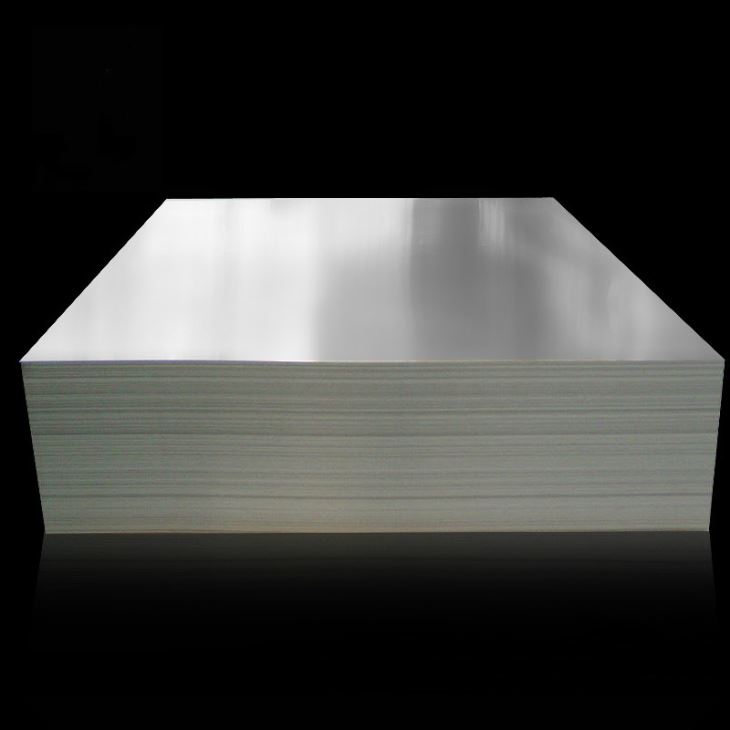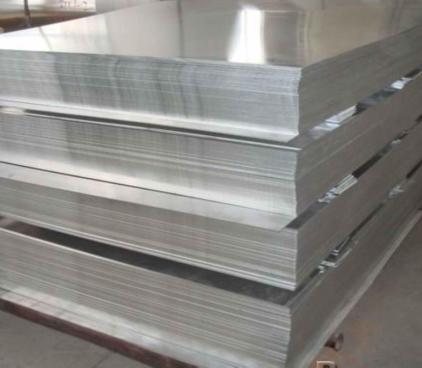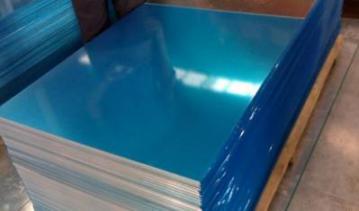1. The elastic deformation of the mold .
During the processing its die bearing is parallel to the direction of extrusion. But in the actual extrusion production, the mould bears high temperature and high pressure ,distorting the die bearing.This will produce adhesive “turning tool lumps” on the section aluminum ,causing burr and chatter marks.
2. If the relief empty is pretty shallow,sticky aluminum will gradually increase. The sticky aluminum that carried on the section aluminum transforms to burrs.Besides,The sticky aluminum that not on the section aluminum and that does not fall off with the rebound of mould will form a flash,coarse grain etc.
3 . The metal flow blind zone
Generally,most of the aluminum plant will not peel cast rods. Thus,the impurities both on the surface of and in cast rod will cluster around the metal flow blind zone of the mould. As the increase in the number of extrusion rod, impurities in the blind zone are constantly changing.Some flow out with normal metals, accumulating in the deformation of the space of die bearing .The others will make friction with the normal flow of aluminum metal ,bring defects like flash and coarse grain etc.
Solutions
1.Select the appropriate number of holes and models.Pick best mold specifications through the profile of the circumcircle diameter of the section aluminum, wall thickness, unit weight, the size of the extrusion ratio, the available models, reducing sticky aluminum as well as burrs or chatter mark.
2.Improve the strength of the mold.
In fabrication, the greater the amount of elastic deformation of the mould is ,the higher the possibility of burrs or chatter will be .Take porous mold as an example, various and dense shunt holes correspondingly reduce the strength of the mould. Thus, in the design of mold,we should spare no efforts to improve stiffness and strength of the moulds and reducing moulds’ elastic deformation in the fabrication of aluminum materials. The thickness of the front pad and its inner hole form must effectively support the mold.
3. Reduce mould’s blind zones.
The mold cavity of the transition between surfaces and the transition between R bit and the surface in the of mould’s cavity shall avoid sharp corners . The surface of metal flow should be smooth and flat.
4.Before the nitriding of moulds, smoothness of the mold cavity, working
belt and parallelism of the working belt should be checked . Trim sandblast and polish them , so as to improve the smoothness of the mold. After nitriding, hardness and smoothness will be enhanced, then this can further improve the smoothness of the mold.
5.Die-filling
Before die-filling, polish the mould, and spray rust inhibitor on the surface of the mold's parts and the welding chamber.The bolt must be locked,when the mould is set up .






